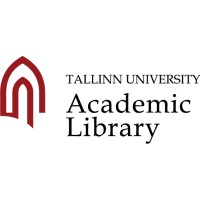
Academic Library of Tallinn University
Academic Library of Tallinn University is a comprehensive research library in almost all fields of knowledge. The library collects and holds printed and other documents published in Estonia, creating as complete collections of these materials as possible. The library is entitled to a legal deposit copy of each and every publication issued in Estonia. Although the library is quite young, the history of its collections goes back a long way. The Library of St. Olai` Church (founded in 1552) makes up the oldest part of the collections. The library holds over 2,5 million items and the number of the readers is over 43 400.






